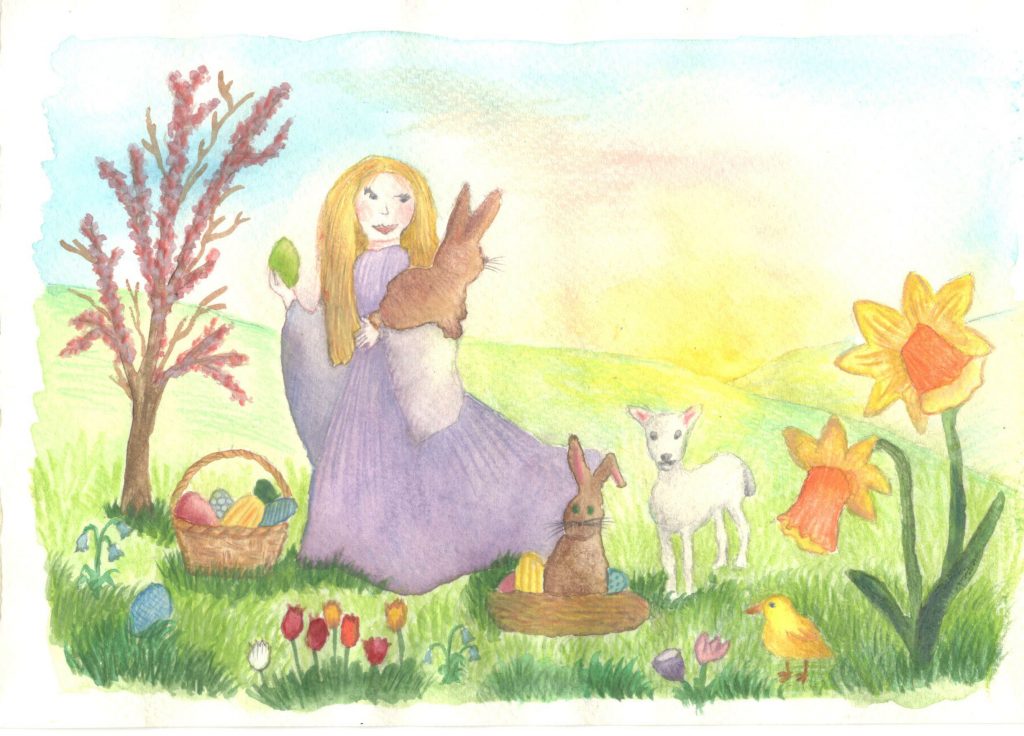
An Anglo-Saxon legend tells how the dawn goddess Eostre found a wounded bird and transformed it into a hare, so that it could survive the winter. The hare found it could lay eggs, so it decorated these each spring and left them as offerings to the goddess. Over the centuries, the observance of this ancient fertility rite became known as Ostara, Eastremonath or Easter, and was recognised as a time of rebirth, new beginnings, fertility, flowers and egg-laying. In the southern hemisphere, we acknowledge the Spring Equinox on 21 September. It’s when baby animals are born and daffodils, crocuses, tulips and bluebells first appear.